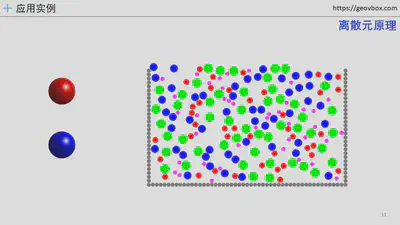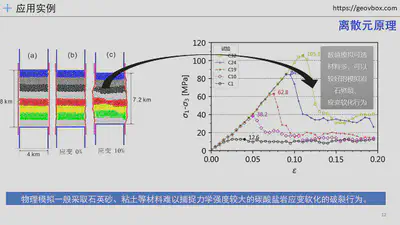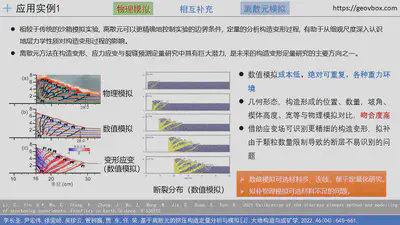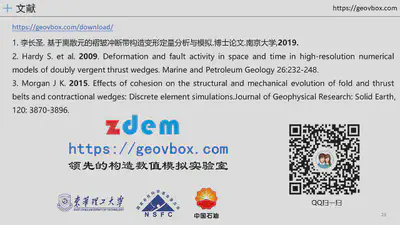Conference Report - Application of Discrete Element Numerical Simulation in Quantitative Analysis of Structural Deformation in Sedimentary Basins - Research Status, Application Examples, Advantages and Challenges(2023-04-16)
The 6th National Symposium on Ore Field Structure and Deep Ore Deposit Prediction
(一)Ore Field Structural Theory, Experiment and Technical Methods
Time:April 16th, 11:55-12:15
Location:Changsha, Grand Hyatt Changsha, 5th Floor, Multifunctional Hall 5
Title:Application of Discrete Element Numerical Simulation in Quantitative Analysis of Structural Deformation in Sedimentary Basins: Research Status, Application Examples, Advantages and Challenges
Reporter:Changsheng Li East China University of Technology
**Abstract:**With the development of discrete element theory and computer technology, the discrete element method has been widely applied to the quantitative analysis of structural deformation in sedimentary basins. Compared with traditional sandbox analog experiments, the discrete element method can more accurately control the boundary conditions of experiments, quantitatively reveal the stress and strain characteristics during structural deformation, and deepen researchers’ understanding of structural deformation mechanisms from multiple perspectives. Previous studies have achieved a large number of research results based on the discrete element numerical simulation method in the study of structural deformation in sedimentary basins and hydrocarbon resource exploration. However, the discrete element method also has some limitations and shortcomings in the study of structural deformation in sedimentary basins. Restricted by the computational power of computers, current research on basin structural deformation mainly adopts two-dimensional discrete element simulation. However, the study of related issues such as the lateral migration of salt structures and the three-dimensional distribution and development process of strike-slip faults still relies on the application of three-dimensional discrete element simulation methods. This report will combine the research status of discrete element method in the quantitative analysis of structural deformation in sedimentary basins, explain its application examples in the quantitative study of compressional structures, extensional structures, and strike-slip faults, and summarize its future development advantages and challenges. The discrete element method regards the granular aggregate model as a collection of several discrete units, allowing large displacements between particles, which is particularly suitable for the quantitative study of structural deformation in sedimentary basins. It has great potential in the quantitative study of structural deformation, stress-strain, and fracture prediction, and is one of the main methods for the quantitative study of structural deformation in sedimentary basins in the future.
Keywords: Numerical Simulation, Sedimentary Basin, Structural Deformation, Quantitative Analysis, Stress-Strain
Partial PPT









Translator: Bao Xianjun